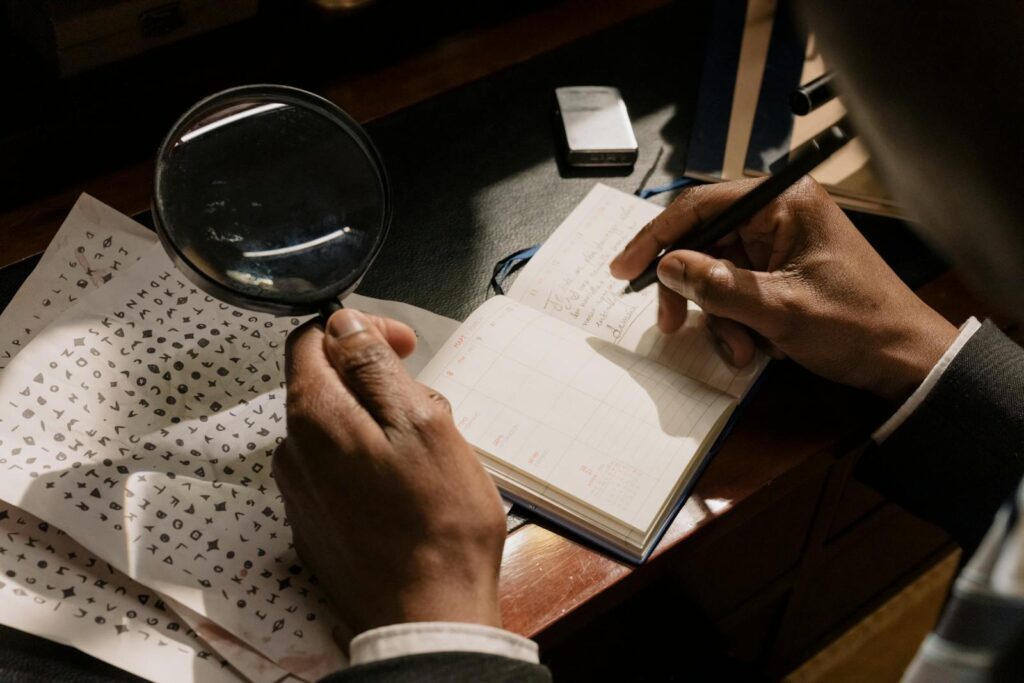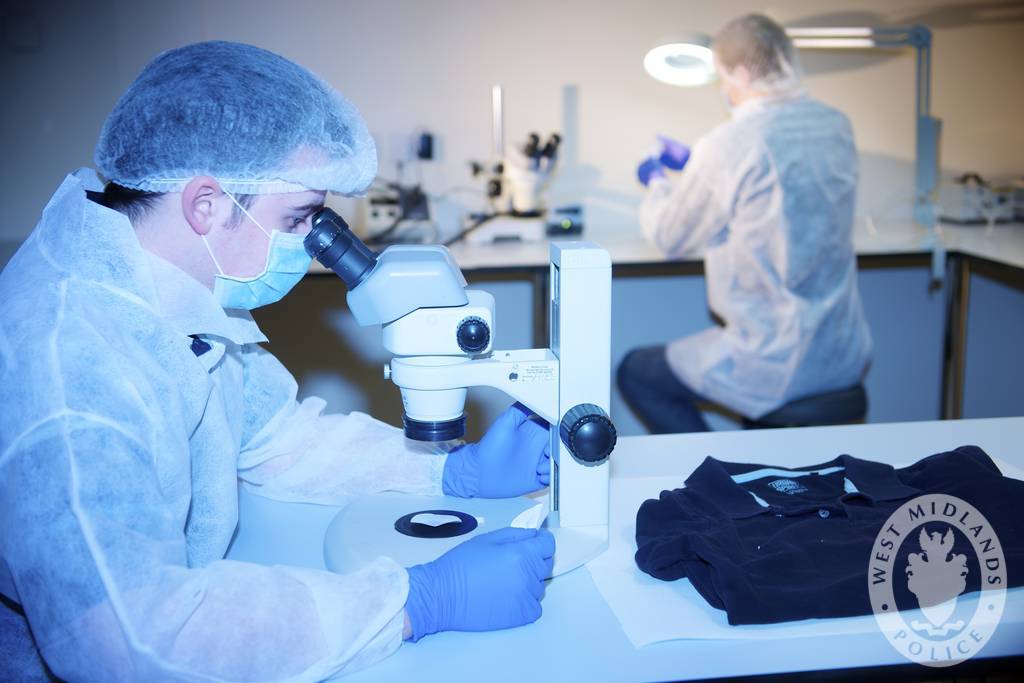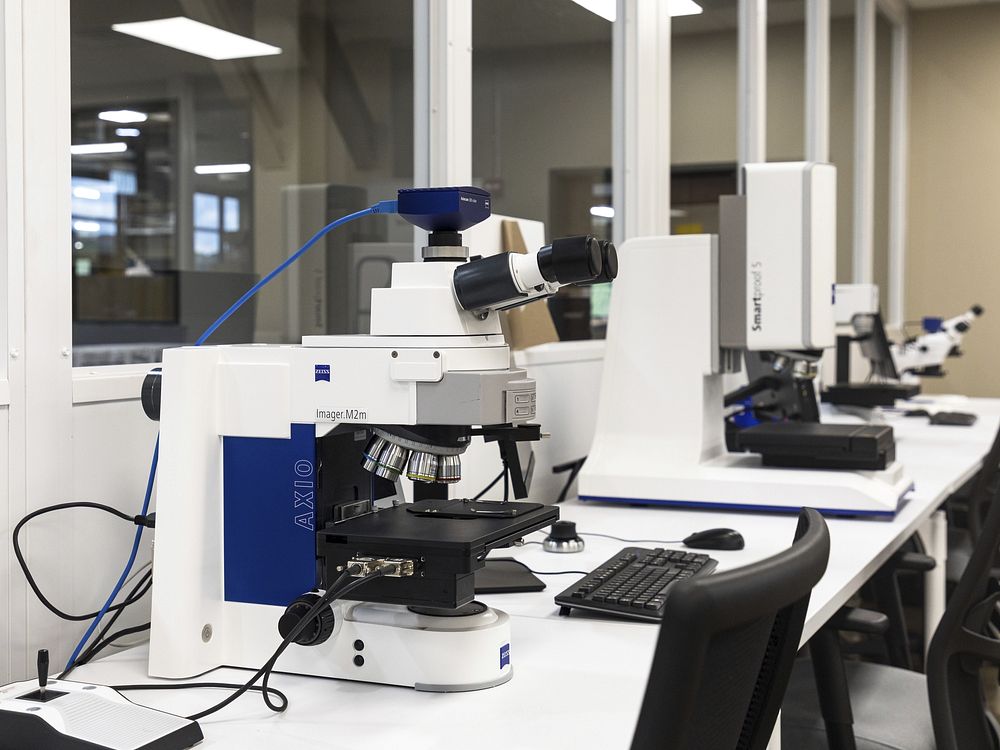Now Reading: Ensuring Integrity: A Guide to Preserving Evidence in Forensic Science
-
01
Ensuring Integrity: A Guide to Preserving Evidence in Forensic Science

Ensuring Integrity: A Guide to Preserving Evidence in Forensic Science
Introduction to Evidence Preservation in Forensics
Evidence preservation is a critical component of forensic science that ensures the integrity and reliability of physical, biological, chemical, and digital materials collected from crime scenes. Proper preservation protects evidence from contamination, degradation, or loss, which is vital for accurate analysis and successful prosecution. From the moment evidence is discovered, meticulous handling, packaging, and storage protocols must be followed to maintain its original state. This introduction explores the fundamental principles and significance of preserving forensic evidence, highlighting the role it plays in upholding justice and supporting law enforcement investigations.
Importance of Proper Evidence Handling
The proper handling of forensic evidence is crucial for maintaining the integrity, reliability, and admissibility of evidence in the criminal justice system. Proper evidence handling ensures that the chain of custody is maintained, preventing evidence from being altered, tampered with, or contaminated. This is essential for preserving the original state of evidence, which supports accurate investigations and fair trials by corroborating or disproving witness statements and linking suspects to crime scenes. Mishandling evidence may lead to wrongful convictions or acquittals and can damage public trust in the justice system. Each type of evidence—physical, biological, chemical, and digital—requires specific handling and storage protocols to prevent degradation or contamination. By following strict procedures, forensic professionals help uphold justice and provide reliable, objective data for legal proceedings. Failure to handle evidence properly can result in its dismissal in court and jeopardise legal outcomes.
Types of Evidence and Their Preservation Needs
Types of forensic evidence are broadly classified into several categories, each with specific preservation needs:
- Biological Evidence: This includes blood, semen, saliva, hair, and tissue. Preservation requires preventing contamination or degradation, typically through drying, refrigeration, or freezing to maintain DNA integrity for analysis.
- Trace Evidence: Tiny particles such as fibers, hair fragments, paint chips, soil, and glass. These require careful collection with minimal contamination and secure packaging to avoid loss or mixing.
- Fingerprint Evidence: Latent, patent, or plastic fingerprints require specialized chemical or powder treatments for visualization and must be carefully lifted and stored on suitable surfaces to prevent smudging or damage.
- Digital Evidence: Data from computers, smartphones, or storage devices must be preserved to avoid alteration. This is done by creating forensic images or clones and maintaining a strict chain of custody.
- Ballistics Evidence: Bullets, casings, and gunshot residue need to be collected without altering markings. Proper casing storage and documentation are essential for comparative firearms analysis.
- Impression Evidence: Such as shoe prints, tyre tracks, and tool marks, require casting or photography for preservation, preventing exposure to elements that could degrade the impressions.
- Chemical Evidence: Includes narcotics, accelerants, or unknown substances, which must be stored in airtight containers to prevent evaporation, contamination, or degradation.
These evidence types demand different handling, packaging, and storage protocols tailored to preserve their physical and chemical properties, ensuring reliable forensic analysis and courtroom admissibility. Proper preservation guards against contamination, degradation, and loss, supporting judicial outcomes.
Crime Scene Evidence Collection Protocols
Crime scene evidence collection protocols follow a systematic approach to ensure accurate, uncontaminated, and legally valid evidence. Key steps include:
– Initial Assessment and Securing the Scene: Secure the scene to limit access only to authorized personnel to prevent contamination. Establish entry/exit routes and evaluate scene boundaries.
– Documentation: Thoroughly document the scene with photographs, sketches, videos, and written notes before collecting evidence. This includes documenting environmental conditions and transient evidence.
– Systematic Search: Use established search patterns (line, grid, spiral, zone) based on scene size and complexity to locate all evidence systematically.
– Prioritization: Collect the most perishable and vulnerable evidence first, such as biological fluids, to prevent degradation.
– Collection Techniques: Use appropriate tools (forceps, swabs, tape lifts) and methods tailored to evidence type—e.g., swabbing liquids, cutting stained materials, vacuuming trace evidence.
– Packaging and Labeling: Each evidence item is carefully packaged to prevent contamination and degradation. Paper containers are used for biological materials to allow drying, rigid containers are used for fragile items, and airtight containers are used for chemicals.
– Chain of Custody: Maintain precise records of who collects and handles the evidence, the time of collection, location, and condition to preserve legal integrity.
– Secondary Survey: Conduct a secondary review of the scene to ensure no evidence is overlooked.
– Use of Personal Protective Equipment: Gloves, masks, and gowns minimise evidence contamination and protect personnel.
These protocols are designed to preserve evidence integrity, prevent contamination, and maintain a documented chain of custody critical for forensic analysis and courtroom presentation.
Methods for Physical Evidence Preservation
Methods for preserving physical evidence in forensic science involve careful handling, packaging, storage, and documentation to prevent contamination, degradation, and loss of evidential value. Key methods include:
– Proper Handling: Use personal protective equipment like gloves and masks to avoid contaminating evidence. Handle items with appropriate tools (tweezers, swabs) rather than bare hands.
– Packaging: Store biological evidence, such as blood and tissues, in paper containers to allow air drying and prevent mould growth, not in plastic for extended periods. Use rigid containers for fragile items and airtight containers for chemical evidence to avoid evaporation and contamination.
– Environmental Controls: Preserve perishable biological samples by refrigeration or freezing to slow degradation. Keep evidence in temperature-controlled, dry, and UV-protected environments to maintain integrity.
– Tamper-Evident Seals: Secure evidence packages with tamper-evident tape and document unique identifiers on seals to ensure no unauthorized access or tampering.
– Chain of Custody Documentation: Maintain detailed records from the moment evidence is collected through transfer and storage to ensure legal admissibility and traceability of handling history.
– Timely Transport and Storage: Perishable evidence should be transported to forensic labs promptly, ideally the same day, or stored under appropriate conditions until transfer.
– Specialized Preservation: Certain items, like wet stains, should be air-dried before packaging; fragile trace evidence must be immobilized within packaging to prevent loss.
Implementing these preservation methods ensures that physical evidence remains as close as possible to its original state for reliable forensic analysis and effective judicial outcomes.
Packaging and Labeling of Evidence:
Evidence must be packaged to prevent loss, contamination, and degradation. Biological samples are best stored in breathable paper containers to allow drying, while chemicals require airtight containers. Each item should be packaged separately using appropriate materials (paper bags, envelopes, boxes) and sealed with tamper-evident tape bearing the initials of the handler. Labels must include critical information such as FIR number, date, case details, the name and signature of the investigator, and sequential numbering. Proper labeling should be done on the packaging, not directly on the evidence, and all items from one case should be enclosed together but clearly separated from other cases.
Chain of Custody and Documentation:
Maintaining a clear, unbroken chain of custody is essential to prove evidence integrity from collection through lab analysis to court presentation. Documentation records every person who handles the evidence, the date and time of transfer, and condition of the evidence. This legal trail helps prevent tampering claims and ensures evidence admissibility.
Environmental Factors Affecting Evidence Integrity:
Factors such as temperature, humidity, light exposure, and microbial activity can degrade evidence. Biological samples may decompose or mould under high humidity or warmth. UV light can degrade DNA in some samples. Proper refrigeration, UV shielding, and controlled humidity environments help preserve evidence integrity.
Challenges in Evidence Preservation:
Common challenges include contamination, degradation over time, improper packaging, and human error in handling. Cross-contamination between samples, delays in evidence processing, and adverse environmental conditions can compromise evidence. Specialized training and strict protocols are required to mitigate these risks.
Role of Forensic Labs in Evidence Storage:
Forensic laboratories provide secure, controlled-environment storage for evidence until analysis and court presentation. Labs have facilities to maintain samples at the required temperatures, humidity, and security measures. They also manage evidence intake, cataloging, and storage while maintaining the chain of custody.
Legal Implications of Evidence Preservation:
Improperly preserved or documented evidence can be ruled inadmissible, weakening prosecutions or leading to wrongful verdicts. Courts require proof of evidence integrity from collection to presentation. Failure to meet legal standards can result in case dismissal or appeals.
Best Practices and Emerging Technologies in Evidence Preservation:
Best practices include strict adherence to SOPs, use of tamper-evident seals, proper environmental controls, and comprehensive documentation. Emerging technologies include digital chain of custody systems, advanced packaging materials, DNA stabilization agents, and real-time environmental monitoring to ensure preservation conditions.
Conclusion:
Preserving evidence integrity is fundamental to forensic science and the justice system. By following meticulous collection, packaging, storage, and documentation protocols, forensic professionals ensure that evidence accurately represents facts, supports fair trials, and upholds the rule of law.










